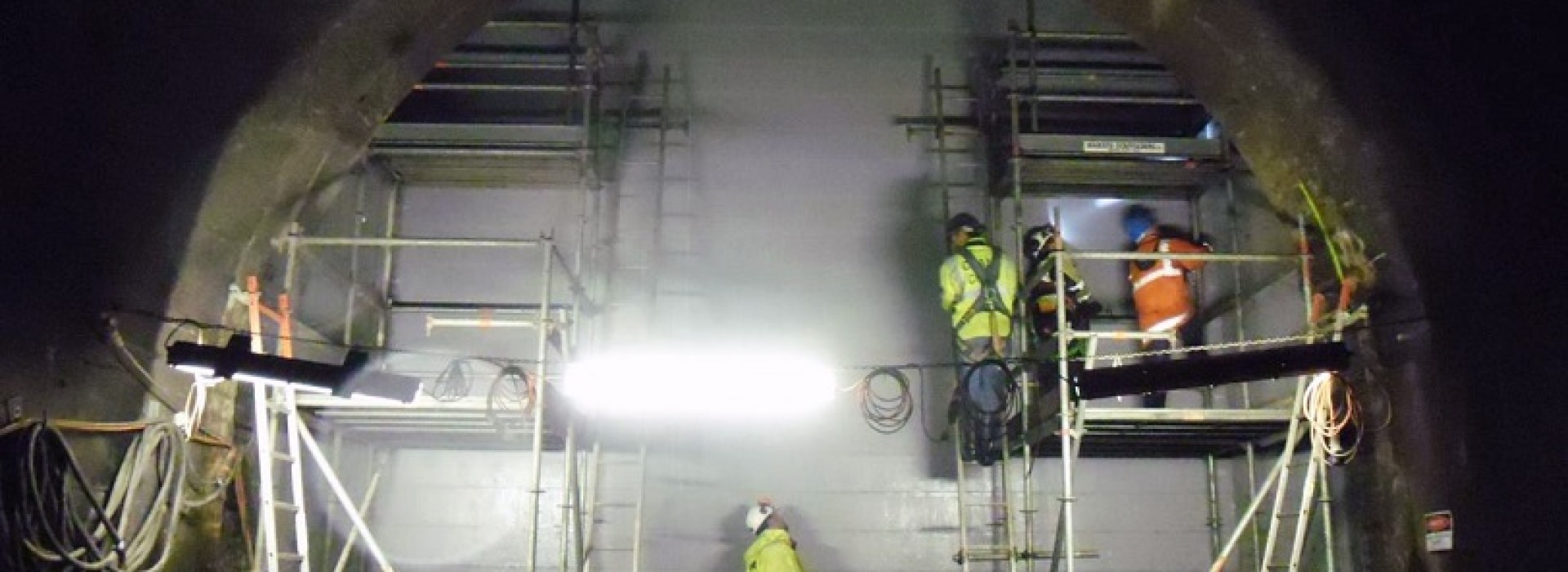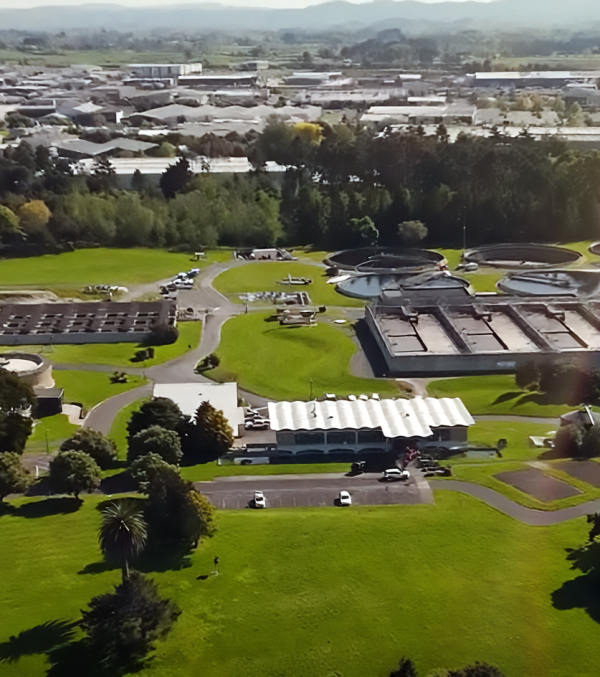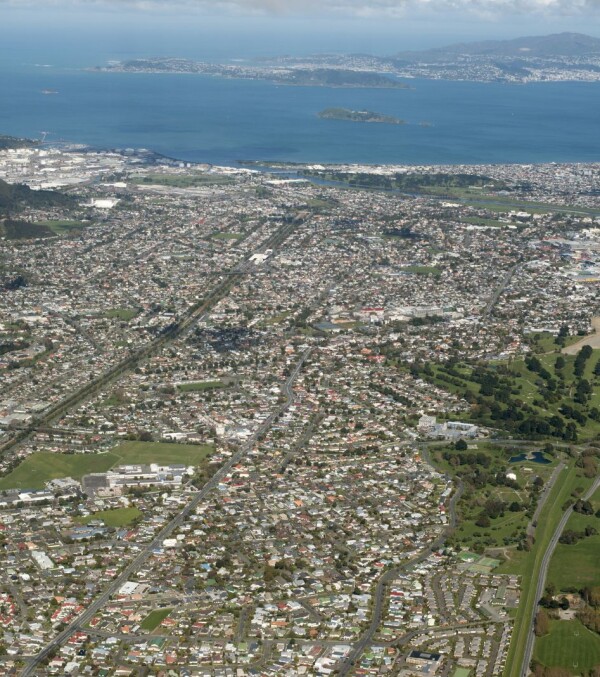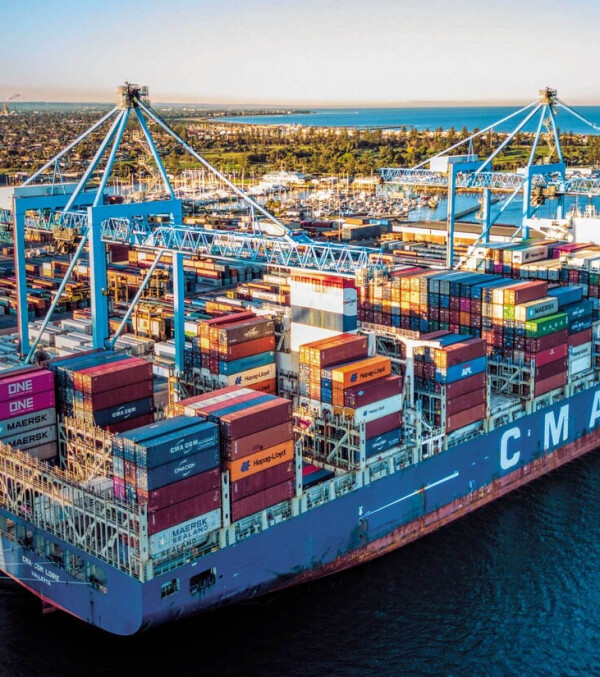|
Customer: Mighty River Power Contract type: Construct only Location: Arapuni, Waikato, New Zealand
|
Fast Facts
|
We undertook repair works on the diversion gate and tunnel at the 80 year old Arapuni Dam on the Waikato River, developing a number of innovations to save time and cost.
Our scope of works included the mechanical refit of the diversion gate to improve reliability, reduce leakage and extend the life of the gate by a further 50 years.
This work included installing a new sealing system on the gate, refurbishing the gate and frame, and installing a new hydraulic ram and pump set. Our works also included the relining of the diversion tunnel so that flood flows can pass through it safely.
Our project team had to work within the constraints of an operating power station. Arapuni is a small and constrained site with a surface area only 200 m2. The requirement to use a 90 t and 220 t crane for the main gate lift in such a constrained environment was a significant challenge. The tunnel repair work was also undertaken in a confined environment with difficult shaft access. Other challenges for construction included:
- Sand blasting and painting embedded steelwork in a wet tunnel environment in winter;
- Tensioning the connection bolts between the I beams that made up the main gate in a 292 mm wide gap.
We developed a number of project innovations including:
- Developing a temporary gate frame to allow for removal of the gate in situ;
- Using sandbags as a coffer dam to enable us to perform works downstream on the leaking stoplogs
- Designing a new form of gate girder bolt that was easier to handle and more cost-effective to fabricate
- Constructing a deflection monitoring device using a dial gauge mounted on a steel PFC (bracket) for torqueing.
We expedited the works by implementing a parallel work schedule and maximising the work performed off-site. This parallel work approach required careful planning to maximise use of the 90 t crane required for both the tunnel and gate reassembly works. We also used an efficient gate reassembly methodology, where the gate girder bolts were preinstalled on the surface, while a second team torqued the bolts in the temporary gate frame support stand.




